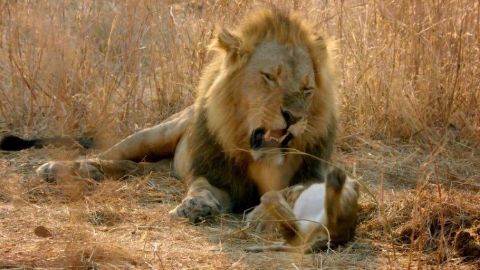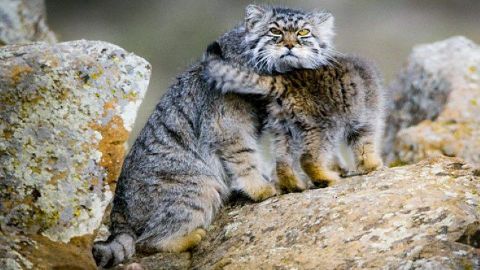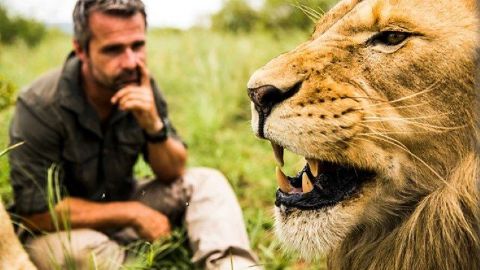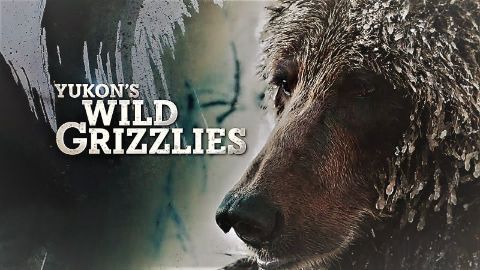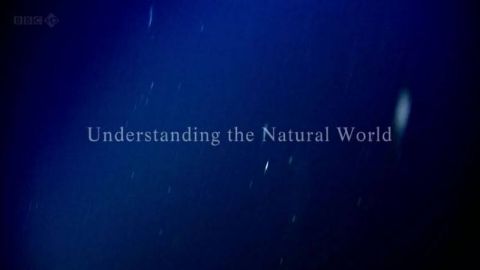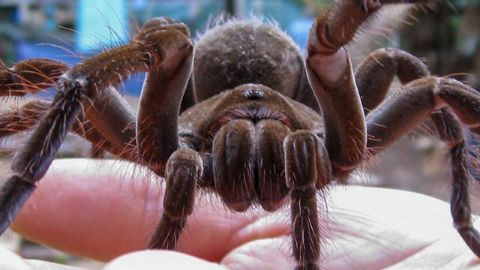Episode 2 • 2018 • episode "S1E2" • Big Cats
The secret lives of the world’s most mysterious cats are brought to light by advances in remote and low-light filming technology. In South Africa, we follow the nocturnal pursuits of the tiny black-footed cat that stakes its claim to the title of the world's deadliest, and in remotest Mongolia we reveal the rarely seen Pallas's cat, at home with her kittens - she hunts by looking like a rock. Finally, in South Africa, we uncover the secret of the serval that thrives amongst the futuristic landscape of Africa's biggest industrial complex. These are remarkable cats, with surprising lives in extraordinary places.
Make a donation
Buy a brother a hot coffee? Or a cold beer?
Hope you're finding these documentaries fascinating and eye-opening. It's just me, working hard behind the scenes to bring you this enriching content.
Running and maintaining a website like this takes time and resources. That's why I'm reaching out to you. If you appreciate what I do and would like to support my efforts, would you consider "buying me a coffee"?
Donation addresses
BTC: bc1q8ldskxh4x9qnddhcrgcun8rtvddeldm2a07r2v
ETH: 0x5CCAAA1afc5c5D814129d99277dDb5A979672116
With your donation through , you can show your appreciation and help me keep this project going. Every contribution, no matter how small, makes a significant impact. It goes directly towards covering server costs.
